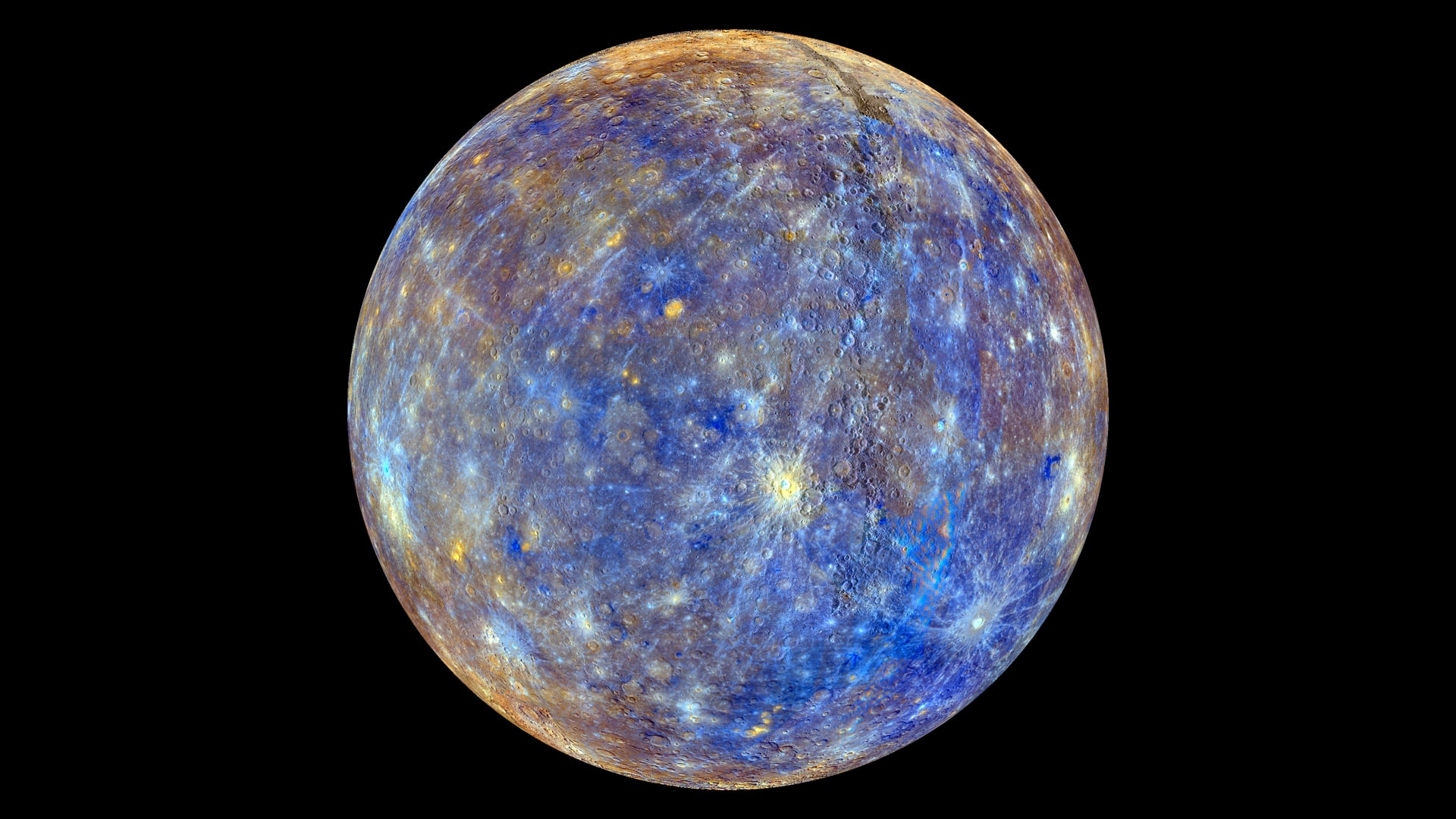
We now have an idea about how Mercury was formed
What's the story
The origin of Mercury, the innermost planet in our solar system, has long been a mystery. It is known for its disproportionately large metallic core, which makes up about 70% of its mass, and a relatively thin rocky mantle. The leading theory so far suggested that a massive celestial body collided with Mercury, stripping away much of its crust and mantle in the process. However, dynamic simulations indicate such impacts between bodies with very different masses are extremely rare.
Alternative hypothesis
Near-collision theory
A new study published in the journal Nature Astronomy proposes an alternative explanation for Mercury's formation. The research suggests that instead of a catastrophic collision with a large celestial body, Mercury was formed by a near-collision between two bodies of similar masses. This scenario was more common in the early solar system, when rocky bodies of similar sizes competed for space in the inner regions, closer to the Sun.
Evidence
Simulation of near-collision
The researchers used a computational numerical process called "smoothed particle hydrodynamics" (SPH) to recreate this hypothetical scenario. SPH is widely used in cosmology, astrophysics, and planetary dynamics to simulate gasses, liquids, and solids in motion. The simulations showed that it is possible to reproduce both Mercury's total mass and its unusual metal-to-silicate ratio with high precision. The model's margin of error was less than 5%.
Explanation
Explaining Mercury's low mass
The new model also explains why Mercury has a very low total mass despite its large metallic core, and why it retains only a thin layer of rocky material. The researchers assumed that Mercury would initially have a composition similar to that of other terrestrial planets. The collision would have stripped away up to 60% of its original mantle, explaining its heightened metallicity.
Broader impact
Implications for other planets
The proposed model can also be applied to study the formation of other rocky planets, and gain insights into differentiation processes and material loss in the early solar system. The next steps in this research would involve comparing the geochemical data from meteorites and samples from space missions that have studied Mercury, such as BepiColombo. It is a joint mission by the European Space Agency (ESA) and Japan Aerospace Exploration Agency (JAXA).